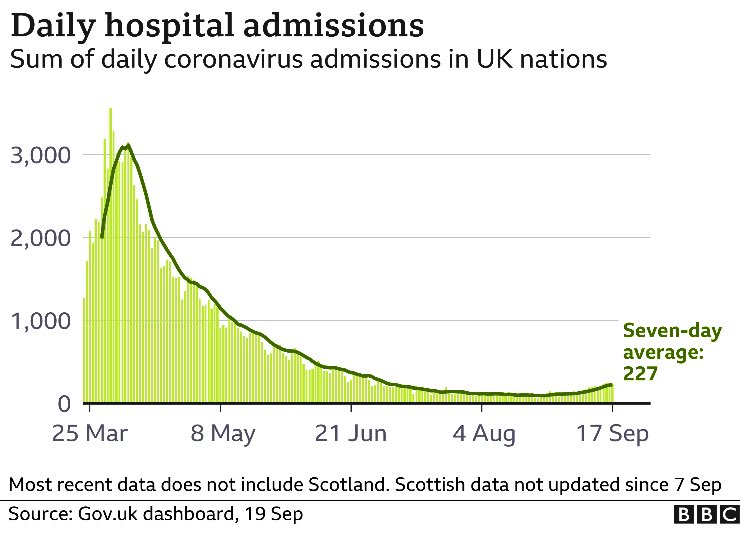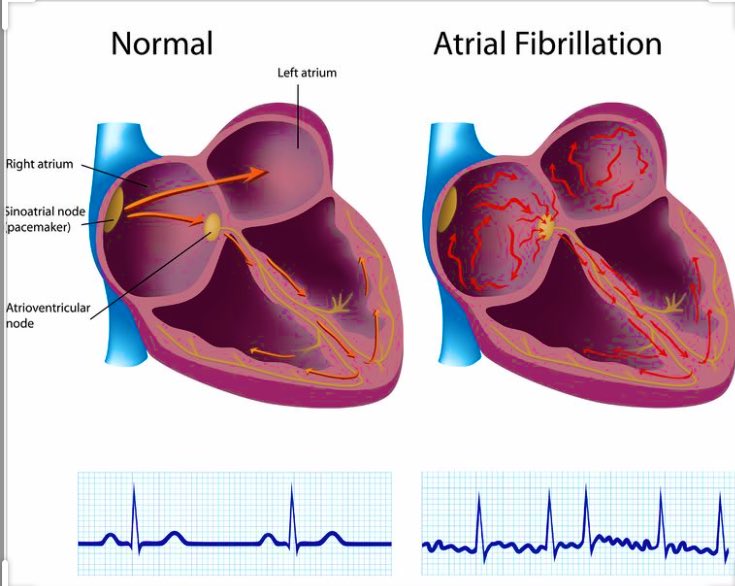Patients with mitral annular disjunction present with frequent premature ventricular contractions; in this study, one-third had ventricular arrhythmias & one-tenth had severe arrhythmic events. @JACCJournals onlinejacc.org/content/72/14/…
A total of 82 (71%) patients reported #palpitations, 47 (41%) patients reported previous pre-syncope, 40 (34%) had ventricular arrhythmia, 15 (13%) had experienced #syncope, & 14 (12%) patients had experienced a severe arrhythmic event prior to inclusion
Mitral valve prolapse was present in 90 (78%) patients
Young age, lower ejection fraction, & papillary muscle fibrosis were identified as markers for severe arrhythmic events.
Longitudinal mitral annular disjunction distance in the posterolateral wall & papillary muscle fibrosis assessed by #CMR remained markers of ventricular arrhythmia in multivariate analysis.
Physicians should consider mitral annular disjunction in younger patients with no other apparent cause for premature ventricular contractions & refer these patients to an #echocardiographic study.
Mitral annular disjunction is readily detectable by #echocardiography, with the typical curling motion of the left ventricular basal posterolateral wall.
In patients with incidental findings of mitral annular disjunction, a careful history of #palpitations, #syncope, & 24-h #ECG recording may be appropriate.
Furthermore, physicians should be attentive to possible mitral annular disjunction in patients followed for mitral value prolapse & mitral regurgitation.
#CMR may add to risk stratification by detecting papillary muscle fibrosis & measuring longitudinal mitral annular disjunction distance in the posterolateral wall. @JACCJournals onlinejacc.org/content/72/14/…
• • •
Missing some Tweet in this thread? You can try to
force a refresh






